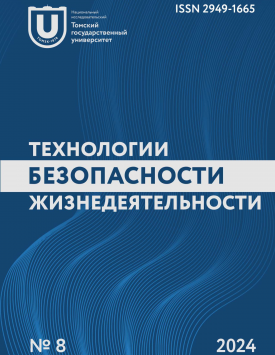Electroluminescence of nitrogen-vacancy and nickel color centers in a diamond
A diamond is necessary for quantum technologies due to its unique properties and a variety of color centers. A diamond is a radiation-resistant chemically inert wideband semiconductor with the highest thermal conductivity. A diamond’s color centers can be active centers of lasers, quantum sensors, single photon emitters and qubits. In 2020, an optically pumped NV diamond laser was shown for the first time. In 2022, a quantum diamond magnetometer was demonstrated for the first time at N2V° color centers. To improve these devices, it is necessary to use electrical excitation. Electrical excitation will increase the efficiency of the diamond laser and quantum magnetometer, as well as make these devices compact and easy to product. At the moment, there are prototypes of diamond LEDs. Due to the difficulty of introducing impurities to create an n-layer and unstable electroluminescence, diamond LEDs are not produced industrially. The main way to create diamond LEDs is the chemical vapor deposition (CVD) method, which forms layers doped with boron, nitrogen/silicon/germanium and phosphorus. Diamond samples obtained by the temperature gradient (HTHP) method are used as substrates for diamond LEDs. The HPHT method is several times cheaper than the CVD method, so it is of interest for the industrial production of diamond optoelectronic devices. It is necessary to develop a methodology for creating diamond LEDs based on HTHP diamonds. The purpose of this study is to determine the properties of HTHP diamonds, which will help in the development of this method. The sectoriality of HTHP diamonds affects the electrical conductivity due to the amount of impurities. In this paper, the electroluminescence of the color centers of four synthetic diamond samples grown by the HPHT method is studied. Electroluminescence spectra of the nitrogen-vacancy and nickel color centers - NV, N2V, NE2 - were recorded. The dependences of the luminescence intensity of the color centers on the current in the sample volume were measured when scanning the sample with an electric probe. The effect of the sectoriality on electroluminescence in diamond was determined. The internal stress regions in the diamond samples were sources of bright electroluminescence. This data will be used in the future to develop the HTHP diamond LED technology. The authors declare no conflicts of interests.
Keywords
diamond, laser, quantum sensor, diamond LED, electroluminescence of diamondAuthors
| Name | Organization | |
| Borodulin Zakhar I. | National Research Tomsk State University; Institute of High Current Electronics SB RAS | zahar.borodulin12@gmail.com |
| Vasilyeva Lyudmila A. | National Research Tomsk State University | |
| Smorodin Konstantin I. | National Research Tomsk State University | |
| Shulepov Mikhail A. | National Research Tomsk State University; Institute of High Current Electronics SB RAS |
References

Electroluminescence of nitrogen-vacancy and nickel color centers in a diamond | Tekhnologii bezopasnosti zhiznedeyatelnosti – Life Safety/Security Technologies. 2024. № 8. DOI: 10.17223/29491665/8/7
